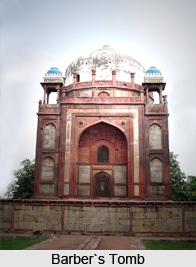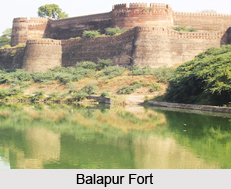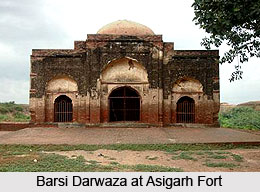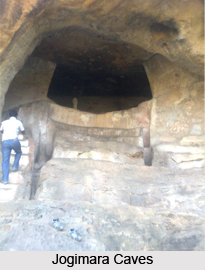 The figure 999 carved on one of the graves inside Delhi`s Barber`s tomb is the only clue to the date of this monument. The figure, it is assumed, stands for the Hijra date corresponding to 1590-91, a date consistent with the architectural style of the building. No one knows who is buried in this picturesque tomb of red and grey sandstone, locally known as the Barber`s Tomb (Nai ka Gumbad). Historians conjecture that it was built for the Humayun`s favourite barber.
The figure 999 carved on one of the graves inside Delhi`s Barber`s tomb is the only clue to the date of this monument. The figure, it is assumed, stands for the Hijra date corresponding to 1590-91, a date consistent with the architectural style of the building. No one knows who is buried in this picturesque tomb of red and grey sandstone, locally known as the Barber`s Tomb (Nai ka Gumbad). Historians conjecture that it was built for the Humayun`s favourite barber.
The tomb stands on a podium 2.44 metres high and 24.3 metres square, reached by seven steps from the south. The building is square on plan and consists of a single compartment covered with a double dome. The inner dome is of unusual design and consists of a small central cupola carried on four intersecting and arched ribs. The two marble graves inside are inscribed with verses from the Holy Quran. Outside there is a portal-arch 7 metres high on each side. The outer dome which is shouldered rises from a 16-sided drum and is crowned by an inverted lotus finial-base, though the finial is now missing. At each corner of the main structure is a pavilion (chhattri) that still retains the remains of blue, green and yellow tile inlay.
This article is a stub. You can enrich by adding more information to it. Send your Write Up to content@indianetzone.com




